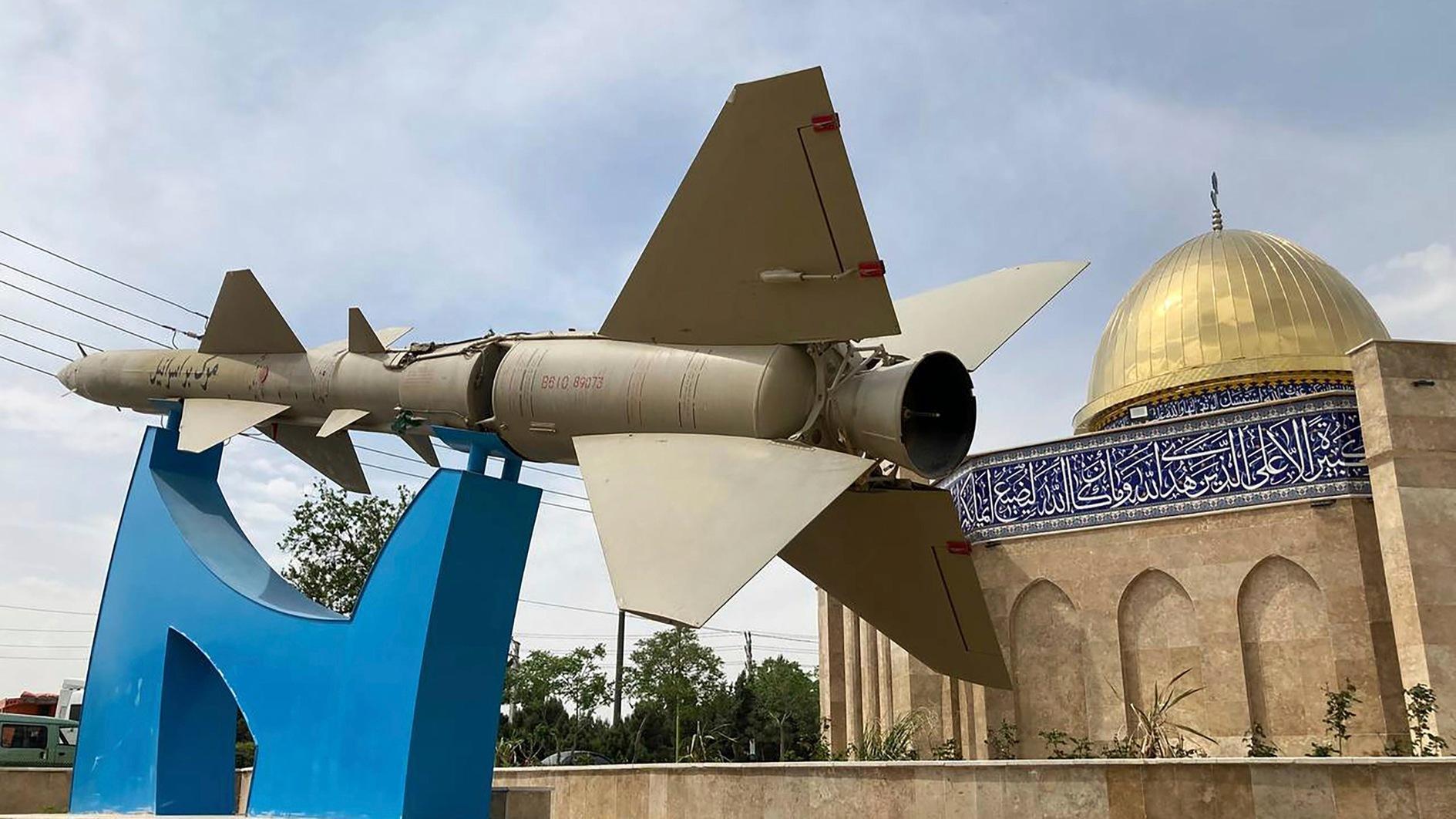Iraq: Endless war
“Suppose that... the Iraqis feel ambivalent about being invaded and real Iraqis, not [just] Saddam’s special guard, decide to offer resistance,” wrote British Prime Minister Tony Blair to U.S. President George W. Bush in December 2001, two years before the U.S. and the U.K. invaded Iraq. At least Blair had some doubts, but neither man could really imagine that the Iraqis would see them as conquerors, not liberators.
Another 13 years have now passed, and at last we have the Chilcot Report, an impartial official investigation into why Britain joined the United States in that invasion (there is no equivalent American document). It’s a 12-volume study that illustrates just how ill-informed and reckless the planners of that illegal war were, but it doesn’t tell us much we didn’t already know.
There are some juicy documents about the pre-war connivance between Bush and Blair, like Blair’s promise in 2001 that “We are with you, whatever.” But there is comparatively little on the scale of the disaster that the invasion inflicted on innocent Iraqis: 13 years of war, up to 600,000 Iraqis killed and a country effectively destroyed. So this is a good time to recall the fate of the city of Fallujah.
Fallujah was a city of a third of a million people less than an hour’s drive west of Baghdad which was occupied by U.S. troops in April 2003. It was the first place where American troops fired on Iraqi civilians (they were protesting against the takeover of a local high school by the U.S. 82nd Airborne Division). It had fallen under the control of Iraqi resistance forces by the end of the year. That was the “First Battle of Fallujah.”
Fallujah was recaptured in November 2004 by U.S. forces, at a cost of 95 American dead and 560 wounded. An estimated 1,350 insurgents were killed in this “Second Battle of Fallujah.” A large but uncounted number of civilians also died, as the American offensive involved massive artillery bombardments including white phosphorus shells. Some 9,000 of the city’s 39,000 homes were destroyed in that battle, and more than half were damaged.
The city was never properly rebuilt, but by 2006 about two-thirds of its residents had returned. Despite constant attacks on the occupation forces by the group that later turned into the Islamic State of Iraq and the Levant (ISIL), the United States returned Fallujah to Iraqi government control in 2008 – or perhaps we should say Iraqi government occupation, for by now the American-backed government in Baghdad was almost entirely Shia, and Fallujah is a Sunni city.
Sunni insurgents took back control of Fallujah in January 2014, six months before rest of western Iraq fell to the forces of ISIL virtually without a fight. The pattern was the same: The new Iraqi army built up by the United States at a cost of $26 billion simply collapsed and ran away.
The “Third Battle of Fallujah” began in May of this year. Iraqi government forces (mostly Shia, of course), supported by Iranian troops and American air strikes, took almost six weeks to recapture the city, which by the end of the fighting contained only a few tens of thousands of civilians. More will return in due course, mainly because they have nowhere else to go, but most of the city is just ruins.
Other cities in Iraq are less comprehensively wrecked, but none of them are safe places to live in. The most recent bomb attack in Baghdad, on Saturday evening, killed at least 250 people. When current Iraqi Prime Minister Haider al-Abadi visited the scene of the bombing on Sunday, he was chased away by a crowd hurling stones, shoes and insults. And there is no end in sight.
Thirteen years, half a million excess deaths or more, millions of refugees, general impoverishment and insecurity, and an astoundingly corrupt government that is strongly and successfully resisting al-Abadi’s attempt to reform it. It is no wonder that even most of those in Iraq who suffered under Saddam Hussein’s tyrannical rule now wish he had never been overthrown.
“Saddam has gone, and we have one thousand Saddams now,” said Kadhim al-Jabbouri in a recent interview with the BBC. Jabbouri, who became famous for taking a sledgehammer to a statue of the dictator as American forces entered Baghdad in 2003, added: “It wasn’t like this under Saddam... We didn’t like him, but he was better than those people... There was no corruption or looting. You could be safe.”
The cautious ruminations of the Chilcot Report underplay the most important fact about the invasion of Iraq, which is that all these appalling consequences were entirely predictable. People who had any real knowledge of the political, ethnic and sectarian politics in the region and especially in Iraq DID predict them, including the relevant experts in the U.S. State Department and the British Foreign Ministry.
Never mind whether or not the decision to invade Iraq was a war crime (though it was, under international law). Never mind whether the invaders’ motives were good or bad (they were the usual mixture of both, actually). What shines through is the sheer arrogance and ignorance of those who brought this calamity down on the Iraqis, who must now live out their lives in misery and terror. Thanks, guys.











